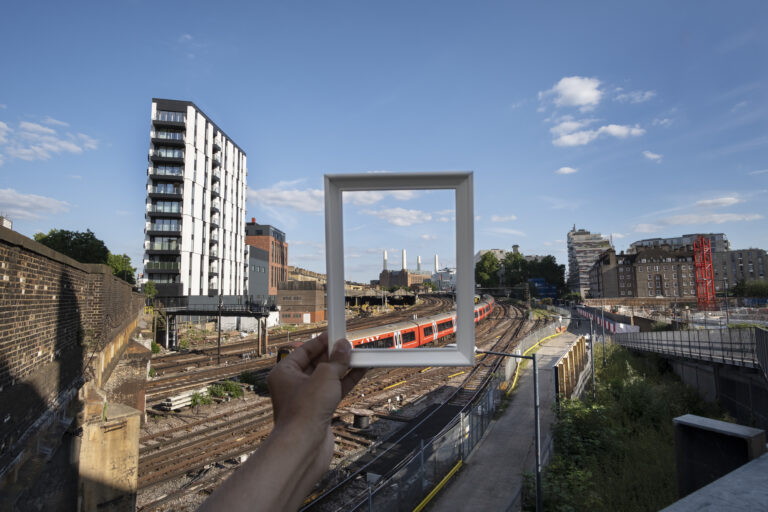Within the construction industry, numerous companies abound, leading one to assume they offer identical services. However, the reality starkly contradicts this assumption. Some companies, such as Valley Restoration & Construction, can quickly build new structures but are experts at restoring damaged or old buildings to glorious life. The realm of restoration is diverse and occasionally intricate. Restoration might yield functional or spiritual outcomes depending on the project’s intent. Nonetheless, the ultimate result always holds a profound impact.
Unseen Historians
Historical buildings are significant in communities because they are physical evidence of past importance. These structures remind us what once mattered – and what still matters. Building professionals specializing in restoration become part of that history when returning these spaces to their former glory. They are, in some ways, historians in their own right.
Before the actual restoration, historical buildings often undergo rigorous vetting procedures. Before commencing building restoration, architectural, design, and historical review boards play a role in the approval process. However, once greenlit, the physical restoration phase kicks off, intertwining the working crew into the building’s history, contributing to its restoration, brick by brick.
Damage Restoration
Sometimes, buildings must be restored because of damage, whether from accidents, natural disasters, or other events impairing structures. For example, hurricanes often leave properties with flooding and storm damage. The physical damage to buildings may be minor and only require a few repairs. Other buildings could sustain damage that destroys the entire infrastructure or structural integrity, rendering these spaces inhabitable. Restoration becomes more than a project that rebuilds a home or business in these cases; it becomes a job that gives people a vital part of their lives back.
Other Reasons For Restoration
Restoration services serve various essential purposes within the construction industry, extending back to the Stone Age. With innumerable constructions created over long periods, many older structures eventually outgrow the stage of simple repairs and require thorough restoration. Structures containing hazardous materials like asbestos and lead, outdated plumbing and water systems, compromised frameworks, and deteriorating floors necessitate restoration services.
As time passes or when a building gains significant reverence, restoration becomes an intrinsic facet of its journey and historical narrative. Irrespective of the motives behind restoration, its purpose is undeniable and profound.





